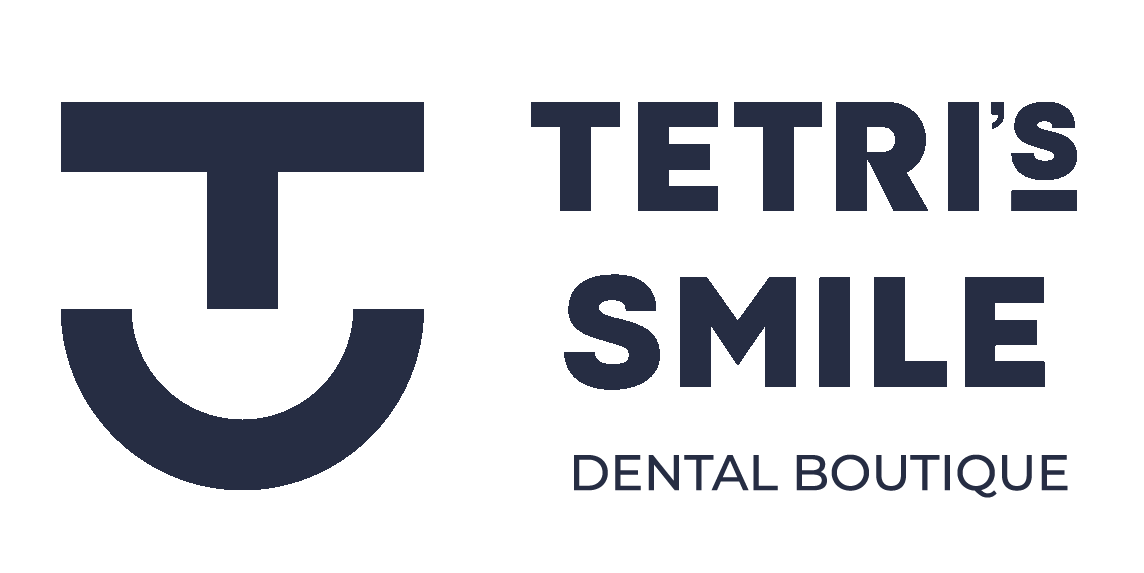Jaw cracking, clicking,
popping, or crunching

Does your jaw click or crack a lot when chewing, yawning, or talking? This is not a trifle but a symptom of temporomandibular joint pathology. If you’ve put off going to the doctor for a long time, surgery may be required.
How TMJ works
The temporomandibular joint (TMJ) is the most complex joint in our body — it connects the skull base to the lower jaw. It is paired, and has a unique design:
- Rounded protrusion (condyle)
- Mandibular fossa (a depression in the temporal bone for the condyle)
- Articular disc (cartilage)
- Ligaments (which support the jaw and allow it to move).
The TMJ can work as a pivot, allowing us to open and close the mouth. It also ensures that the lower jaw moves forward and backward, right and left.
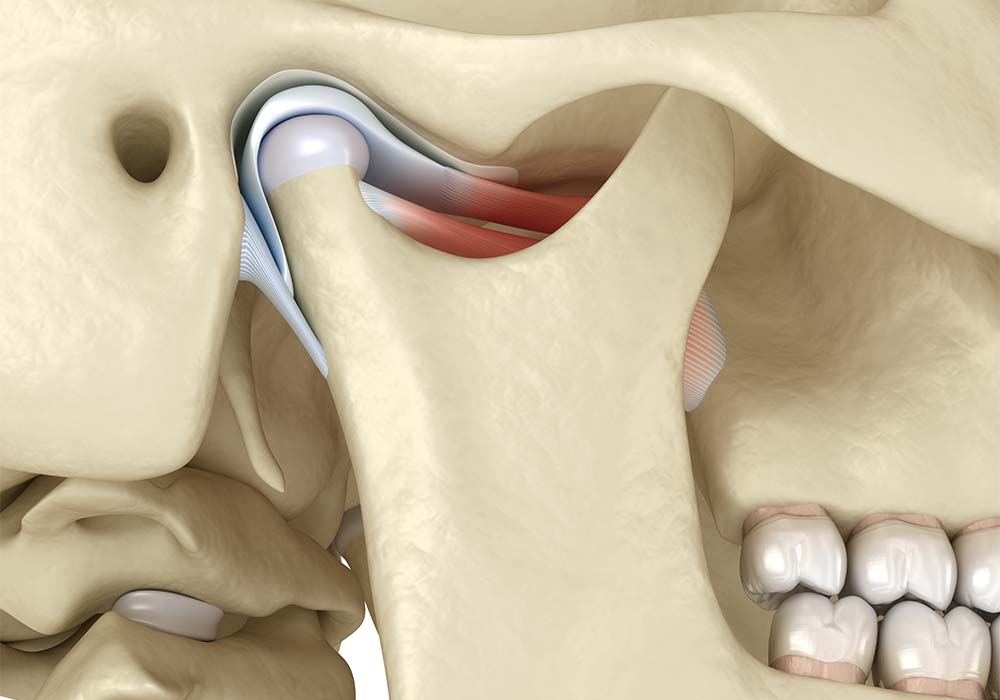
The jaw works silently in the absence of TMJ disorders. It is normal if the clicks are not accompanied by pain, and pass within a few hours (if they’re not persistent). The cause of short-term unaccustomed sounds is overstretching of the facial muscles as a result of stress or chewing hard food.
Symptoms of TMJ dysfunction
The pronounced jaw cracking when yawning and cracking while chewing are the first symptoms of TMJ pathology. If left untreated, some other symptoms may appear:
When you have a bite disorder, your jaws can’t find a resting point. The facial muscles try to adapt (find a comfortable position) to the pathological jaw clenching, leading to their involuntary movements.
Why does my jaw keep clicking or crunching?
We tend to clench our teeth or lips in stressful situations. Constant overstretching of the masticatory muscles limits the mobility of the head in the joint.
If you grind your teeth uncontrollably in sleep every day, your chewing muscles are severely overstretched, which leads to TMJ dysfunction. Besides, bruxism quickly erases enamel, changing the bite height, which impairs the normal functioning of the joint.
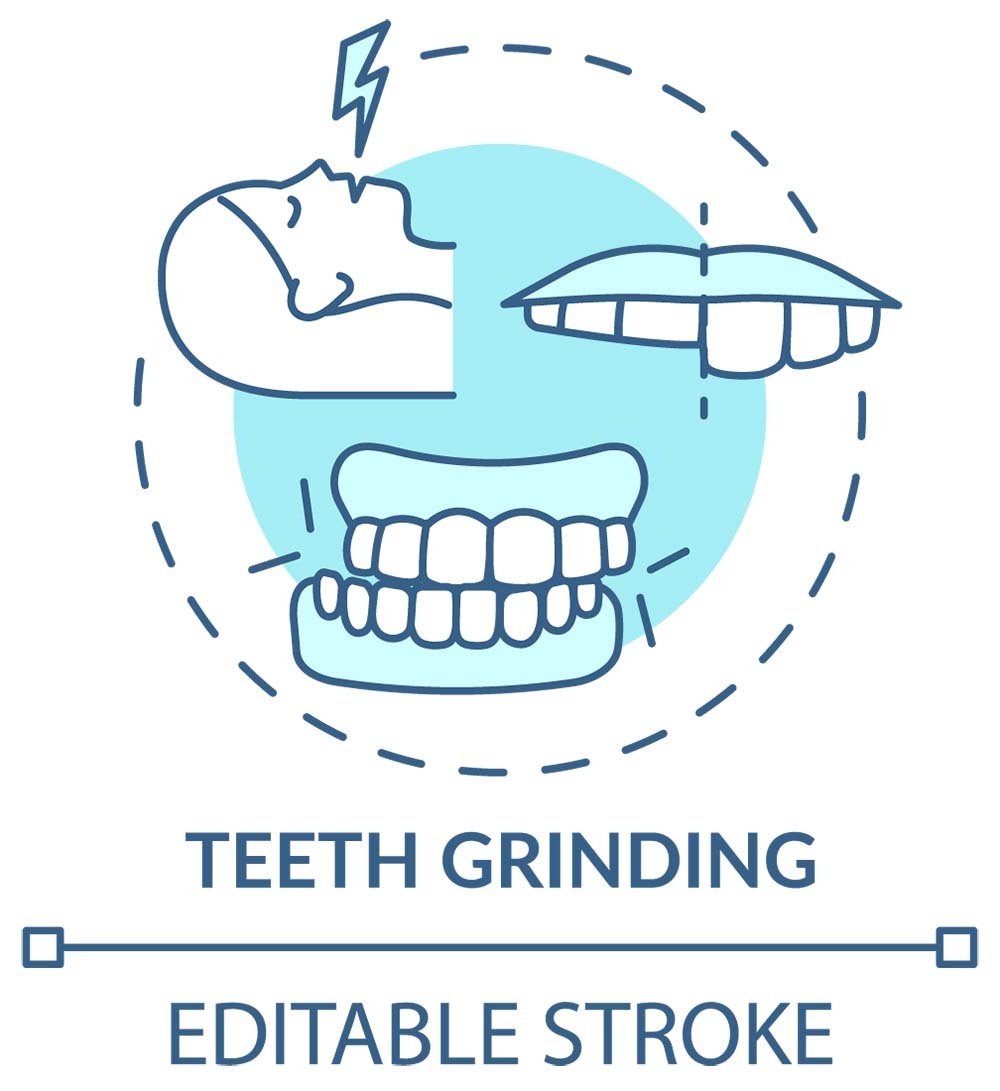
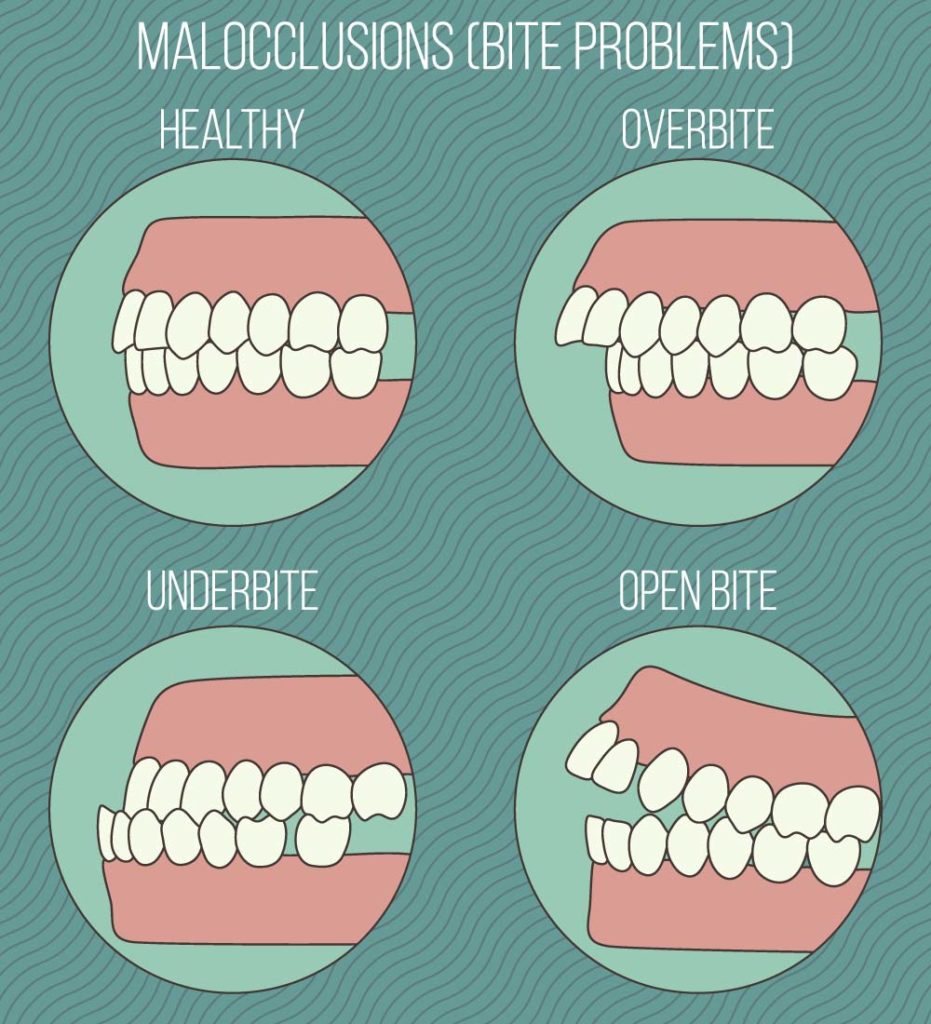
Molars on the upper and lower jaw have natural cavities (fissures). When the jaws close, they align, contributing to an even distribution of the chewing load on both sides of the joint. If the dentist placed a flat filling or asymmetrical denture, the bite height will change automatically. The jaw begins to seek a new position at the expense of the articular fossa. Ligaments tighten, bringing the head of the joint closer to the temporal bone. Both the head and the bone deteriorate over time, which leads to characteristic clicking sounds.
It can lead to torn ligaments, damage to the cartilage integrity, or dislocation of articular heads. The TMJ cannot function properly because of the disturbed anatomy
Jaw injury can lead to torn ligaments, damage to the cartilage integrity, or dislocation of articular heads. The TMJ cannot function properly because of the disturbed anatomy.
If you are missing a few teeth on one side, you may get into a habit of chewing food on only one side of your mouth (wherever you have the most teeth). The muscles on the other side work less and atrophy, while the latter work too much. This leads to jaw misalignment. The joint can’t work properly, which leads to extraneous noises.
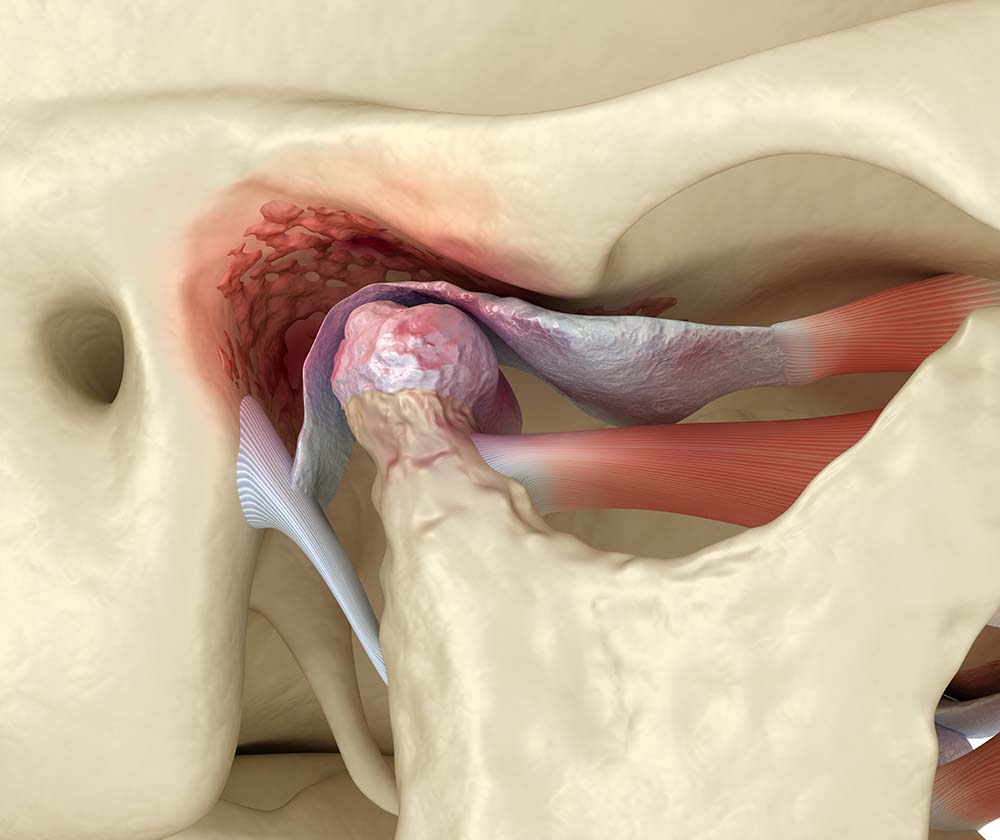
Arthritis
The joint becomes inflamed when an infection gets inside — it impairs the smoothness of movement and the joint can pop. Cartilage starts to contact each other, which leads to characteristic clicking or crunching.
What to do to alleviate the condition of jaw clicking/cracking
See a doctor as soon as possible. The sooner treatment begins, the better are your chances of restoring the physiologically correct function of the TMJ without surgery!
You can take the following steps while you are waiting for the opportunity to visit a dental clinic:
- Eat only soft or mashed foods — this helps your chewing muscles relax
- Apply a cold and a warm compress to the TMJ area for 5-10 minutes alternately
- Do not open your mouth wide, avoid sudden movements of the lower jaw
- You can take an over-the-counter painkiller from your medicine cabinet at home for pain relief
- Massage the joint (closer to the ear) with your index finger in a circular motion: alternate massage with your mouth open and then closed.
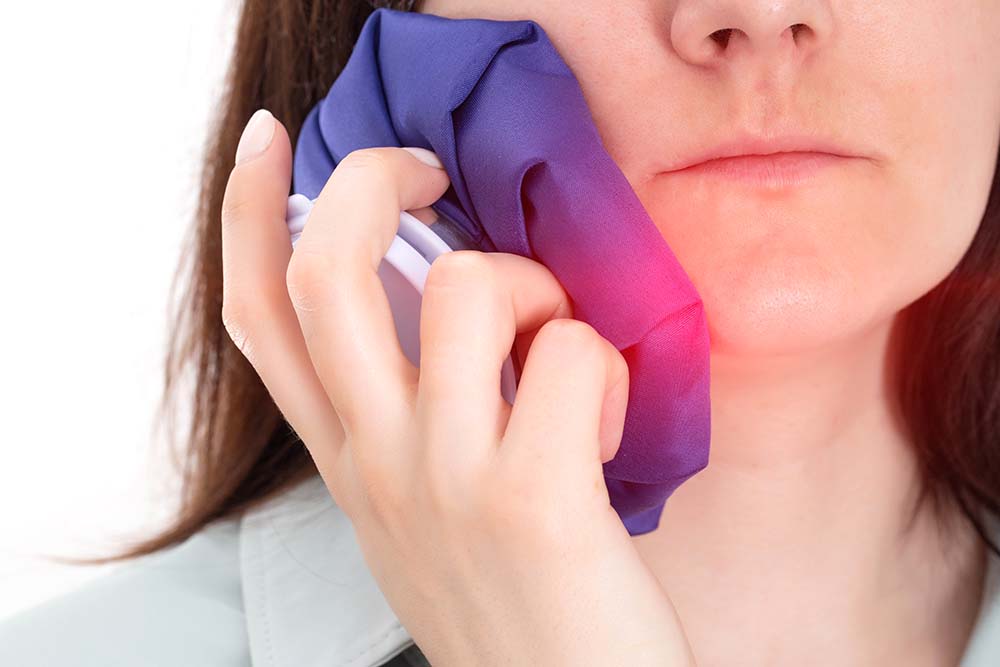
Possible complications if left unattended
Tightness or complete immobility of the lower jaw. It is accompanied by impaired breathing, speech, and facial asymmetry.
Against the background of cartilage deformation, calcium accumulation, and overgrowth of scar tissue, the movement of the joint becomes difficult and the jaw begins to hurt and click. The muscles and ligaments surrounding the joint become deformed under the influence of arthritis.
Neuromuscular diagnosis
T-Scan is a digital occlusion diagnosis, which determines the degree of occlusion in all areas of the dental arch at once.
How is it performed? The patient bites on a special plate with sensors. The data obtained are processed in a computer program and provide the doctor with the following information:
- Optimal chewing load for each tooth
- Finding the premature contact in centric relation (the place where there is an abnormal strong occlusion of the teeth)
- Jaw occlusion speed
- Detection of abnormalities.
Digital 3D scanning of the neuromuscular trajectory of the mandible allows the doctor to determine the optimal occlusal position for the patient.
How does it work? Electrosensors on the facial frame register the movements of a magnet attached to the gingival edge of the lower incisors.
EMG provides measurement in eight projections of masticatory muscle biopotential. The doctor receives valuable diagnostic information about the physiological condition of the facial muscles.
How does it work? Electrosensors are attached to the face in different places. The sensors collect data online and display it on a computer screen.
This includes the recording and analysis of noises during movement of the temporomandibular joint. The data obtained are important for the doctor because they help to assess the nature of the joint pathology.
How does it work? Miniature ultra-sensitive microphones are placed on the face in the joint area and record noises and vibrations during the opening or closing of the mouth.
Jaw cracking, clicking, popping, crunching: Treatment methods
There is no universal way to treat everyone. Depending on the features of the clinical picture, the doctor will choose a particular method or a combination of methods.
A special occlusal splint, made according to an individual impression of the jaw, is placed on the patient’s teeth. It solves the following problems:
- Regulation of chewing muscle activity
- Restoration of the physiologically correct position of the articular head
- Stretching of ligaments
- Fixing the restored correct position of the jaw.
The doctor relaxes overstretched facial muscles by applying micro pulses of electric current, which helps to erase muscle memory and restore physiological elasticity.
The clamped lower jaw and temporomandibular joint return to their normal position. Spasms and pain disappear. The jaw stops clicking.
The doctor fixes the result after TENS therapy with braces or aligners, and the jaw becomes fixed in the correct position.
The doctor restores worn, partially destroyed, or missing teeth, if any. Inlays, veneers, crowns, or bridges are used for this purpose.
“In treating my patients, I strive to not just give them perfectly straight teeth with a snow-white smile. I restore perfect occlusion — harmonious interaction between the teeth, temporomandibular joint, facial muscles, and nerves. That’s how I ensure the longevity of their natural teeth as well as the restorations made.”
Still have questions? Schedule a consultation with Dr. Tetri. He will personally diagnose and tell you about the problems identified – and how to fix them!
